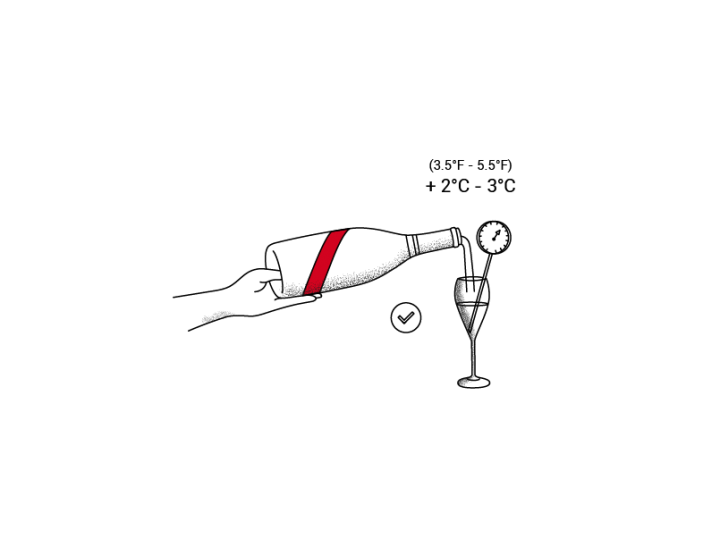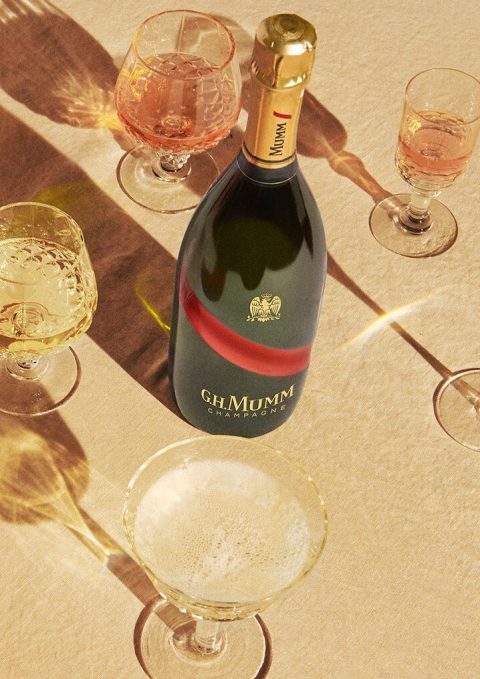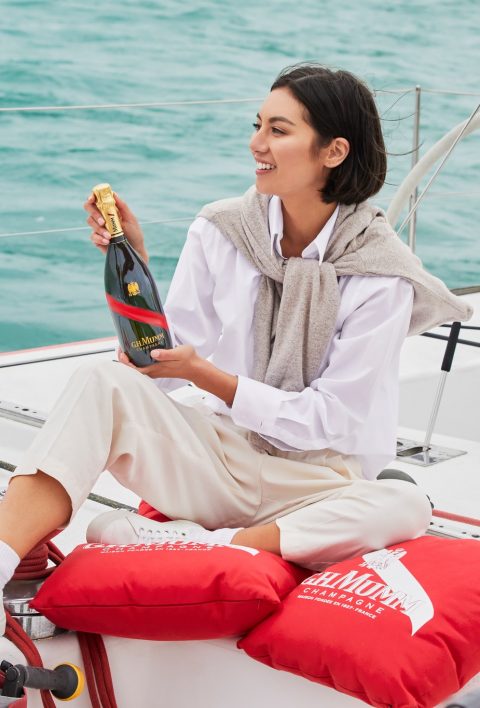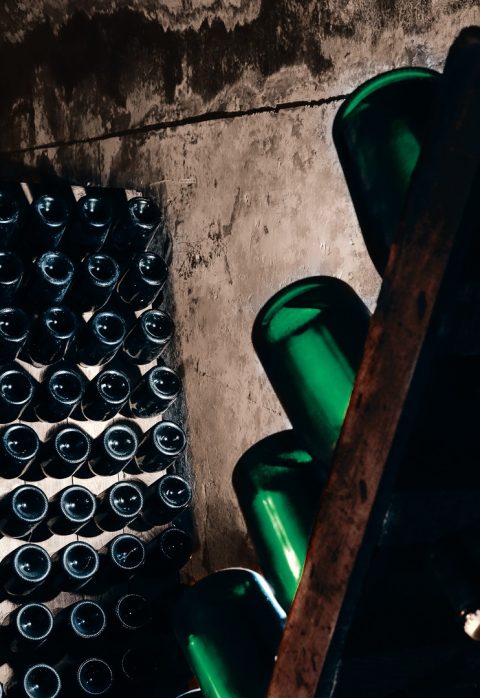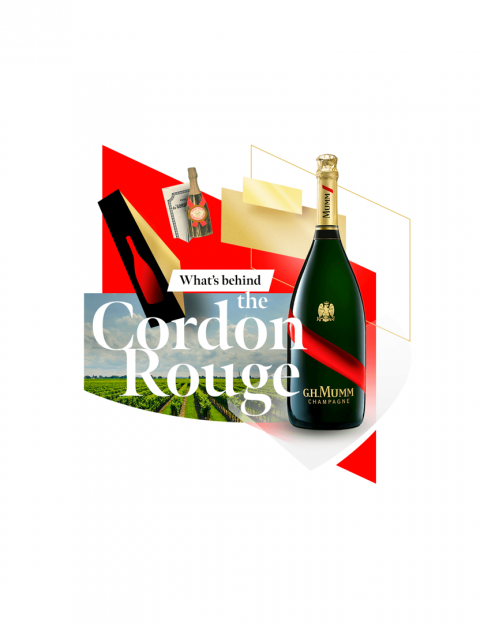How to serve champagne at the ideal temperature
To experience every flavor of an outstanding champagne, the bottle needs to be brought to the right temperature before serving. What is the best way to bring your bottle to the ideal serving temperature?
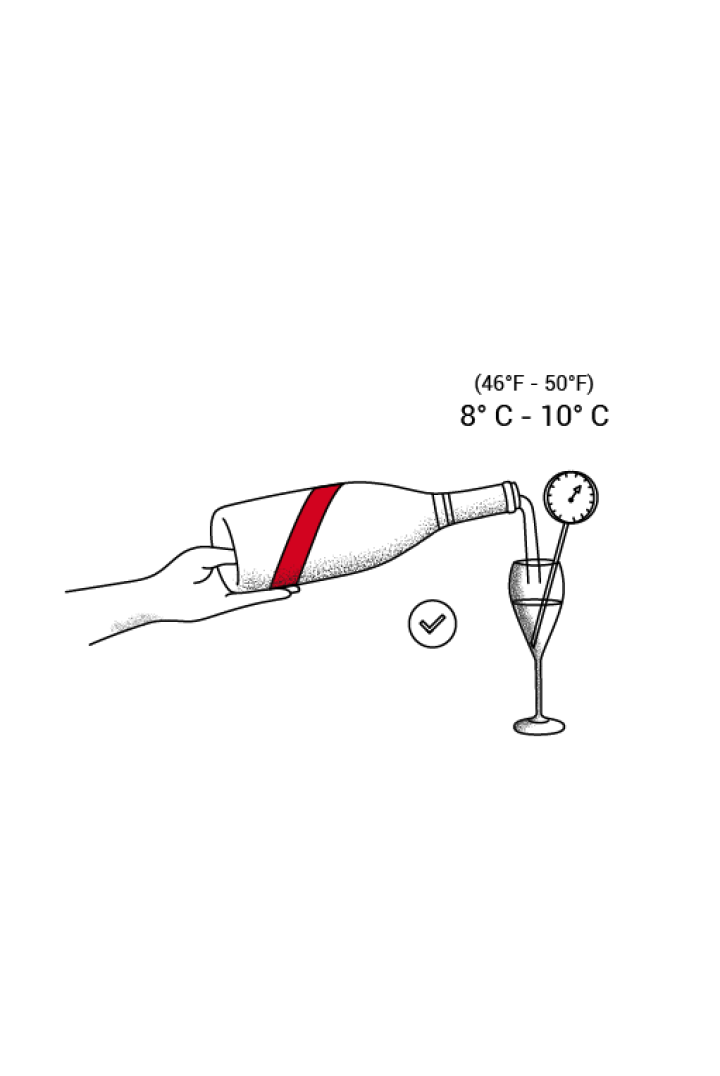
Neither too high nor too low—the best temperature for serving champagne
If champagne is served too cold, there will be fewer bubbles, the taste buds will be numbed, and the aromas less pronounced. Served too warm, however, and the carbon dioxide in the champagne will be released too quickly and too profusely, disrupting the initial aromas and reducing the quality of the tasting.
To make the most of your champagne’s aromas, we recommended serving it between 46°F and 50°F (8°C – 10°C).
It is important to remember, however, that the ideal serving temperature will also vary depending on the age and type of champagne. To reveal their full complexity, our oldest bottles, rosés, vintage champagnes, and grand cuvées should be served between 53.5°F and 57°F (12°C – 14°C).
A few tips for chilling champagne to the ideal temperature
There are several ways to chill champagne so it is served at the right temperature. Ideally, of course, a cellar kept at the right temperature is the best option, as it prevents sudden changes in temperature that could have a negative impact on the wine’s flavors.
If, however, you are not one of the lucky few with their own temperature-controlled cellar, we recommended placing your chosen bottle of champagne on its side in the lowest part of your refrigerator for approximately three hours before serving.
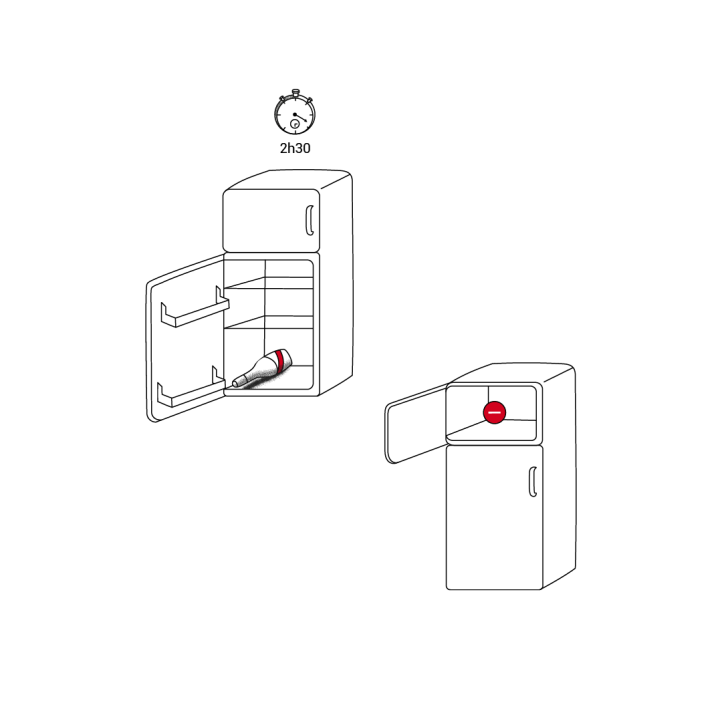
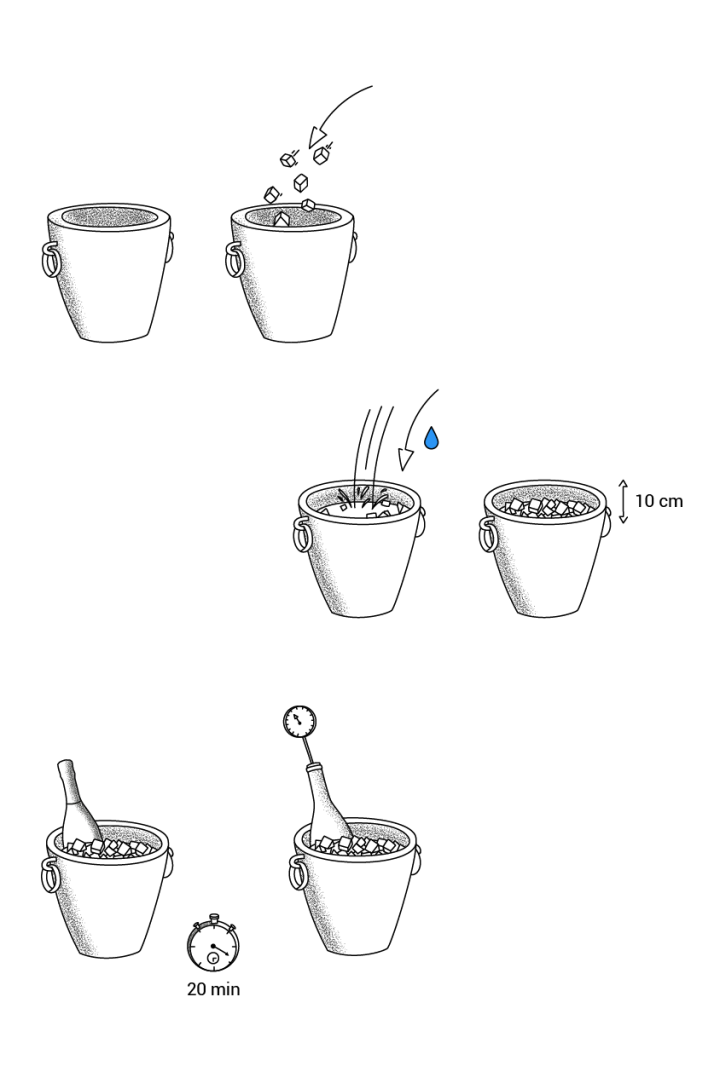
A few tips for chilling champagne to the ideal temperature (2/2)
If you have less time to prepare, the fastest solution for chilling your bottle is to place it in a metal champagne bucket for 20 minutes. Fill two thirds of the bucket with cold water, then top with ice to 10 cm below the rim. After 20 minutes, remove the bottle from the bucket and dry it with a clean cloth before serving.
Expect the champagne to warm slightly after serving
Once served, the temperature of the champagne will often rise by 3.5°F to 5.5°F (2°C – 3°C), depending on the room temperature. Additionally, if your guests tend to hold their glass by the bowl (the round part of the wine glass in direct contact with the champagne), this will also increase the temperature.
For this reason, it can sometimes be worth initially serving the champagne slightly cooler, depending on the conditions in which it will be tasted.
